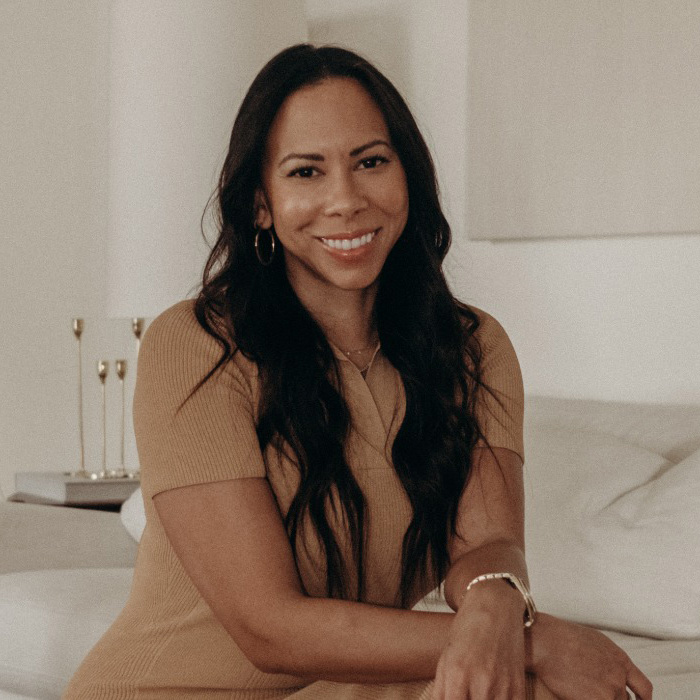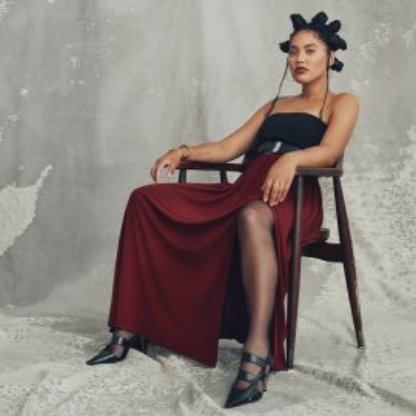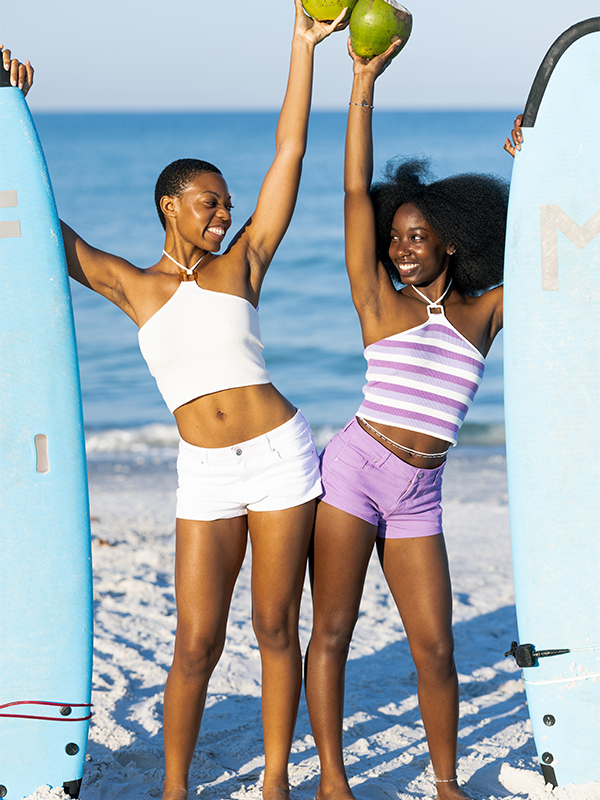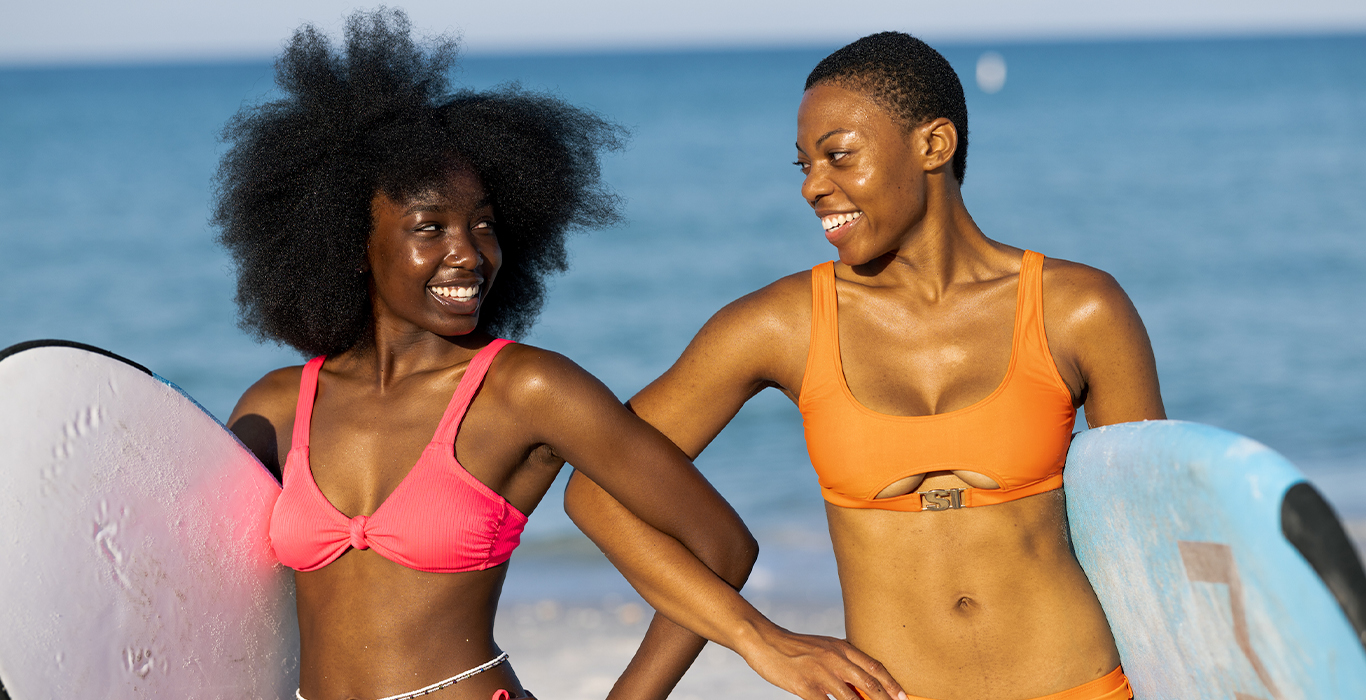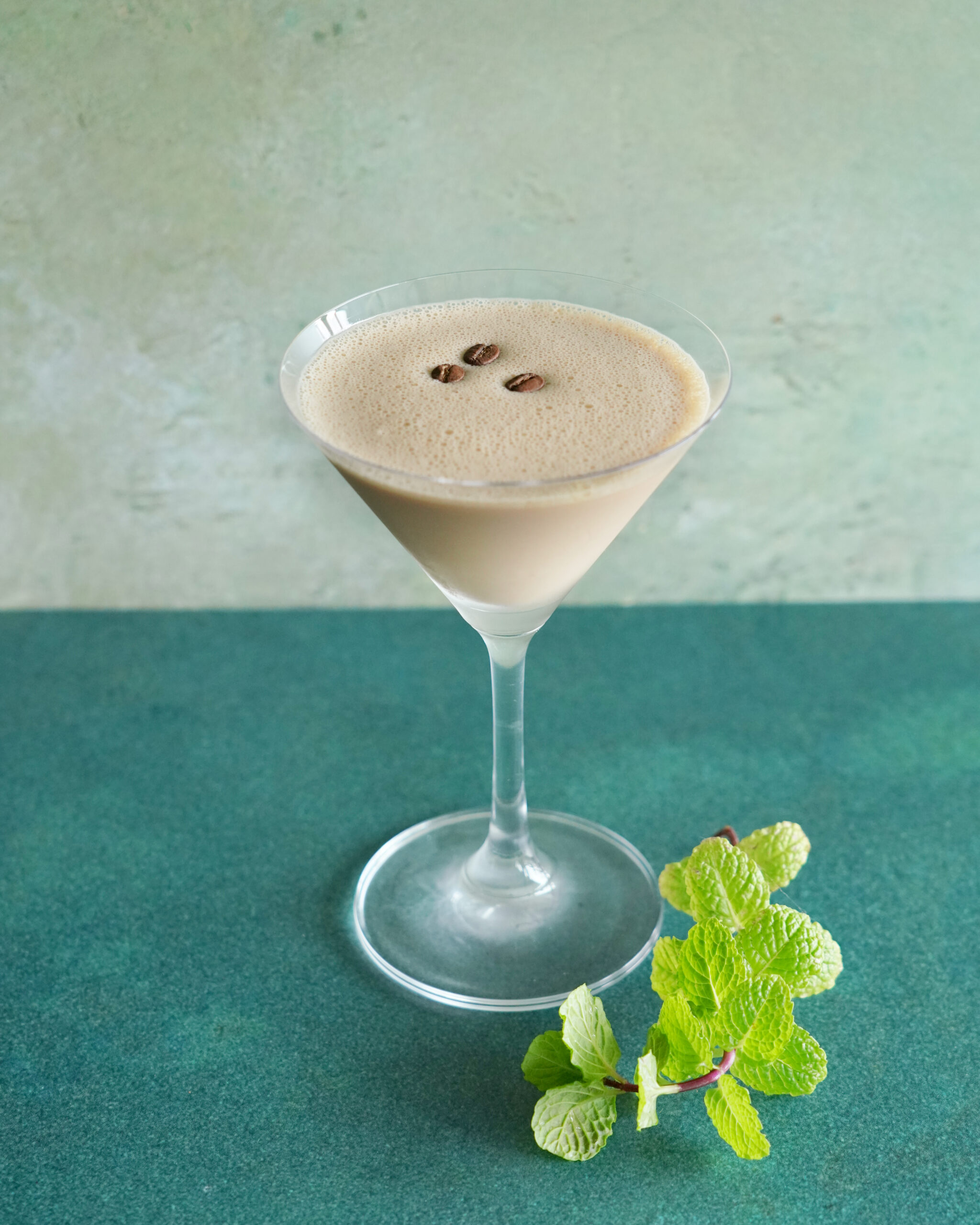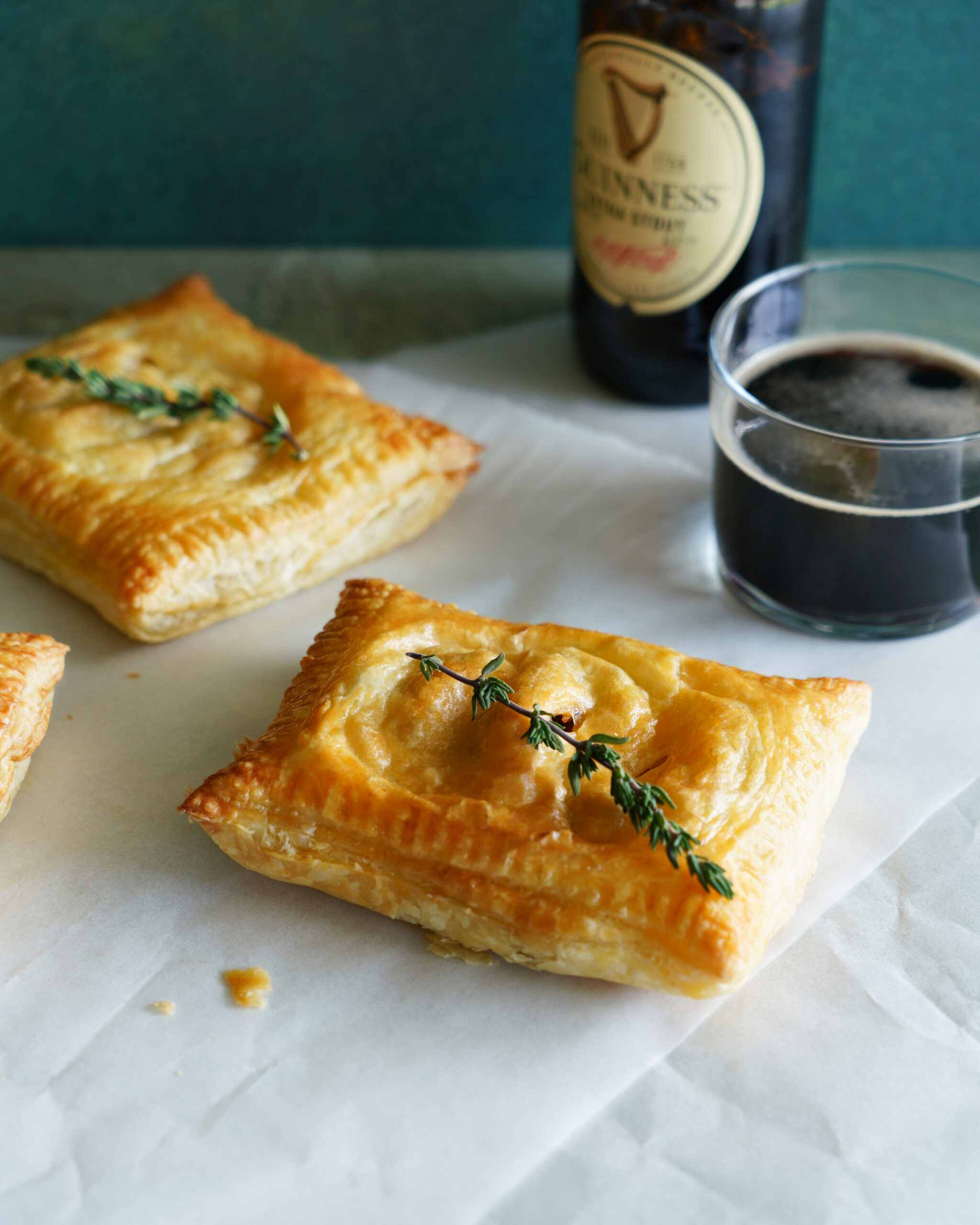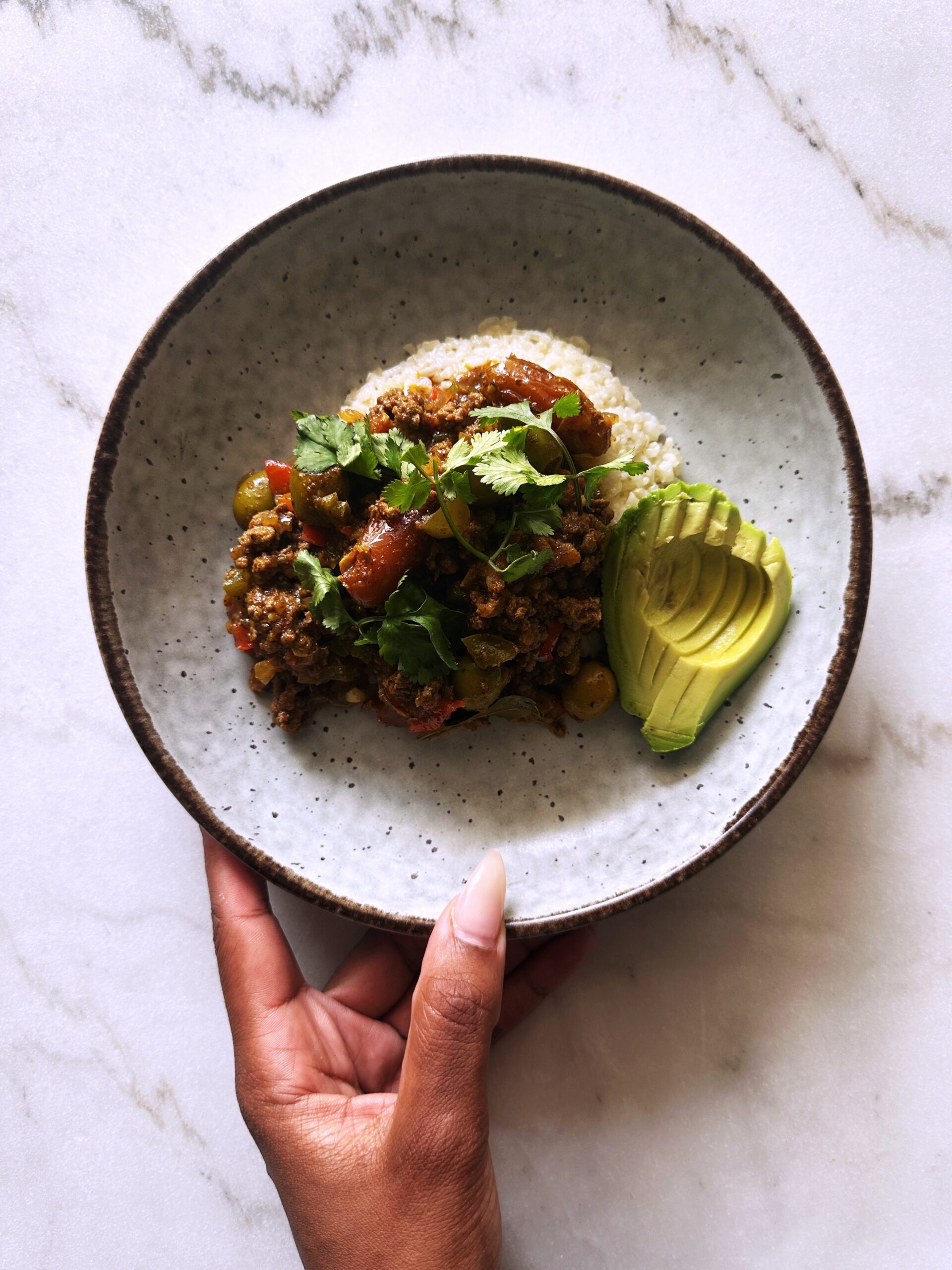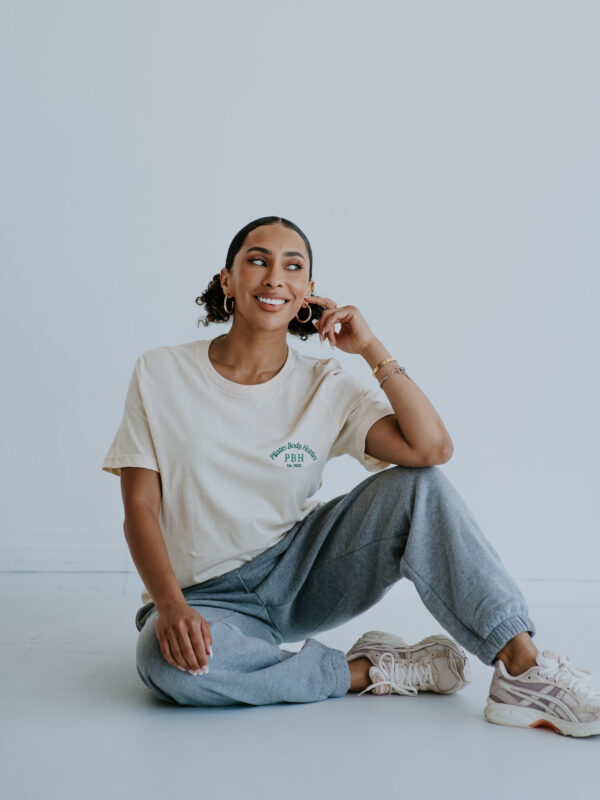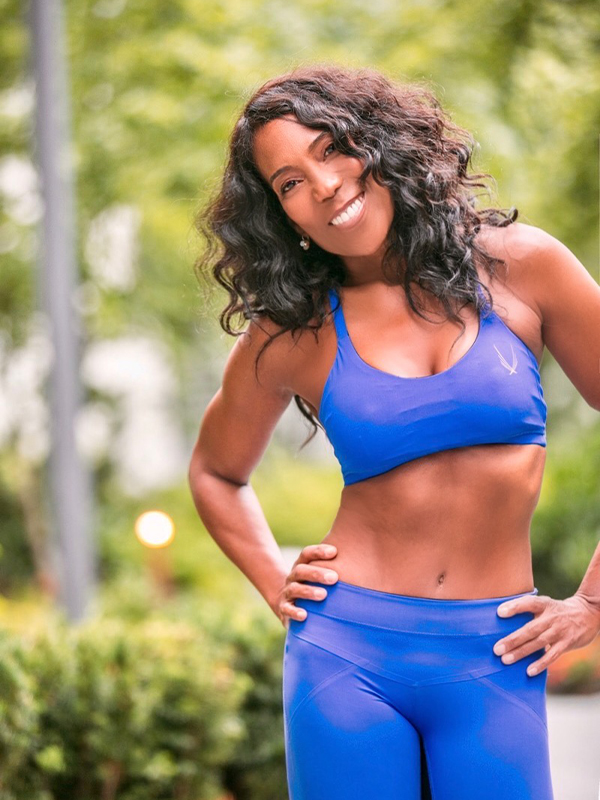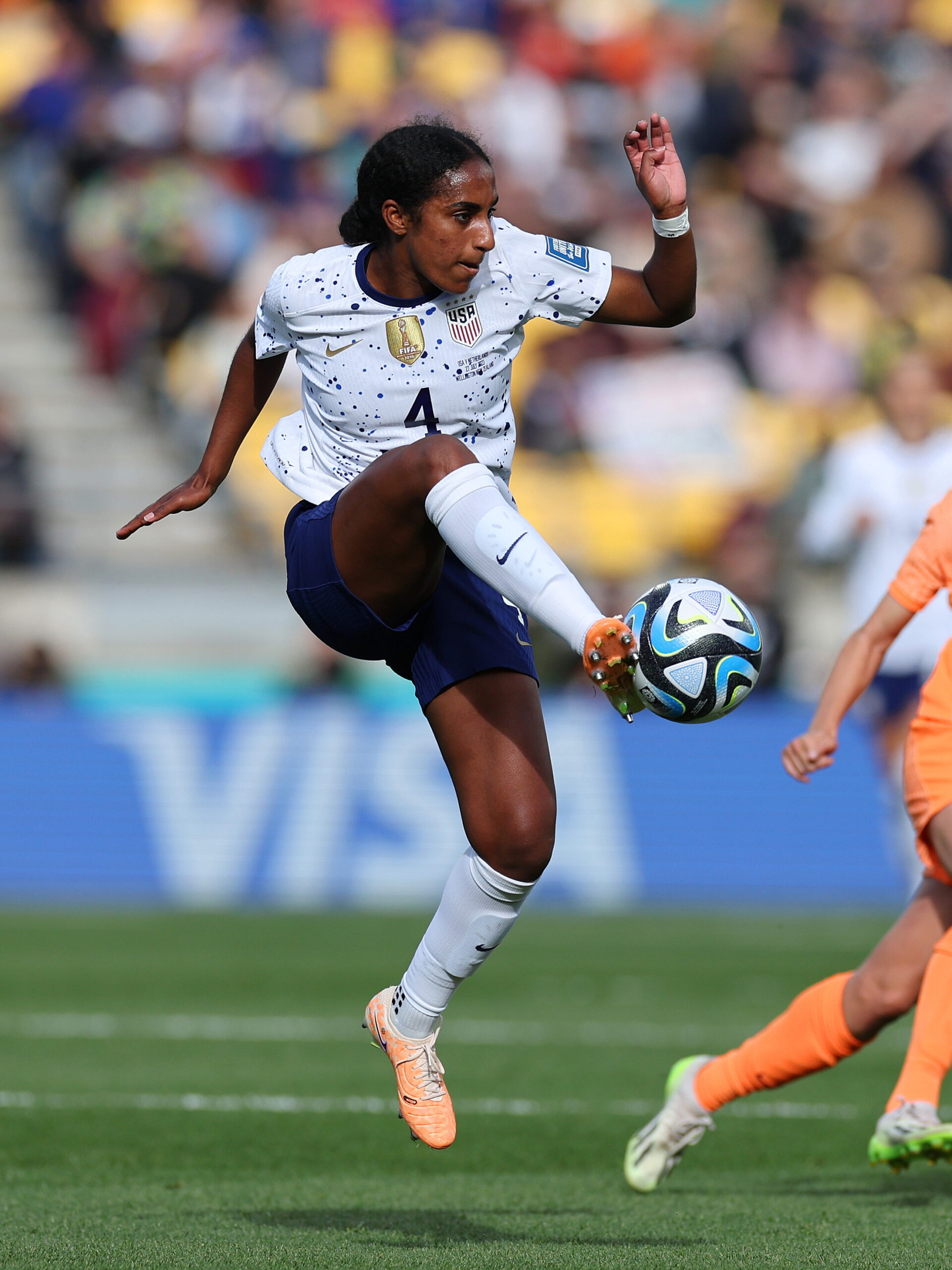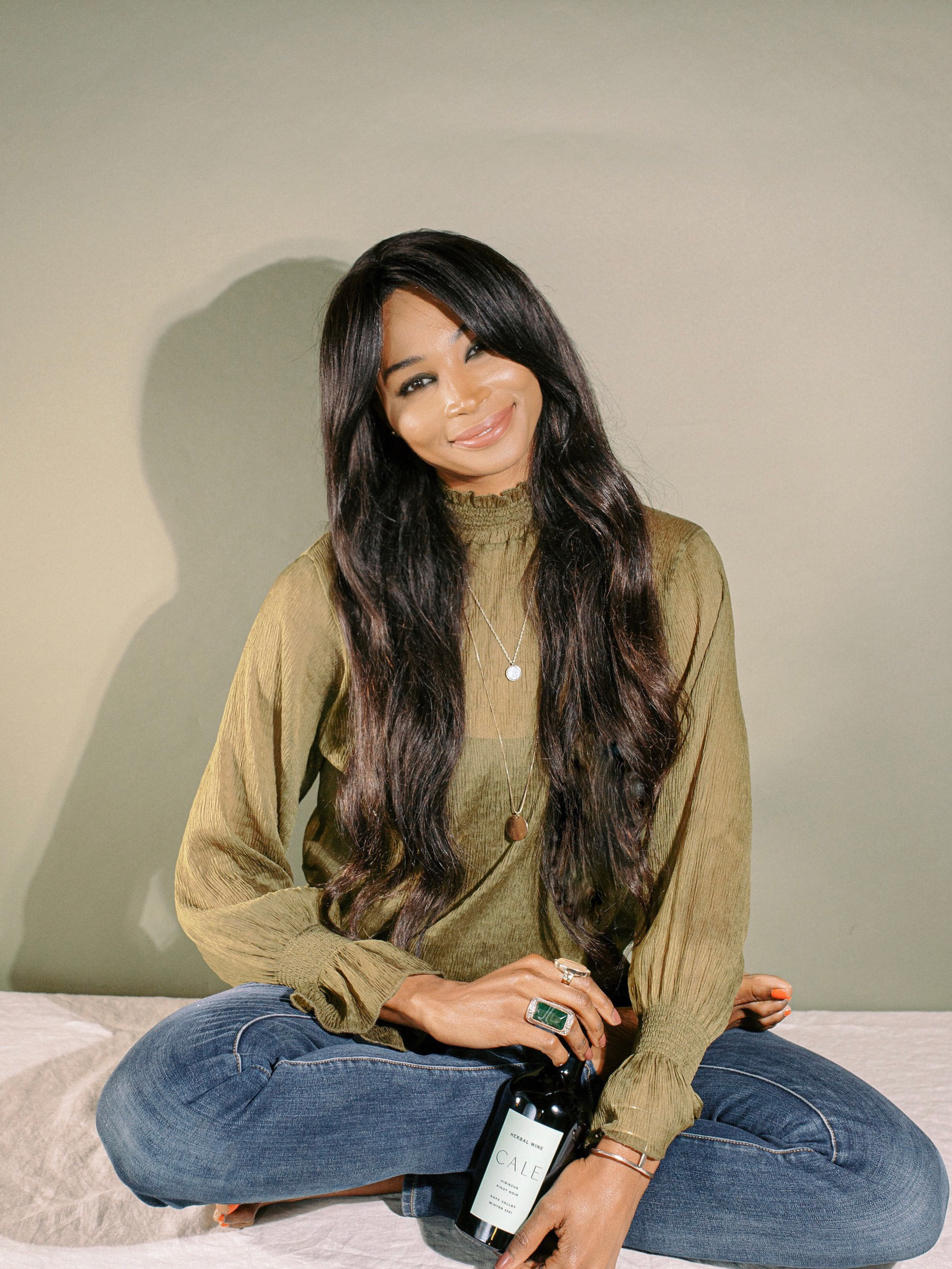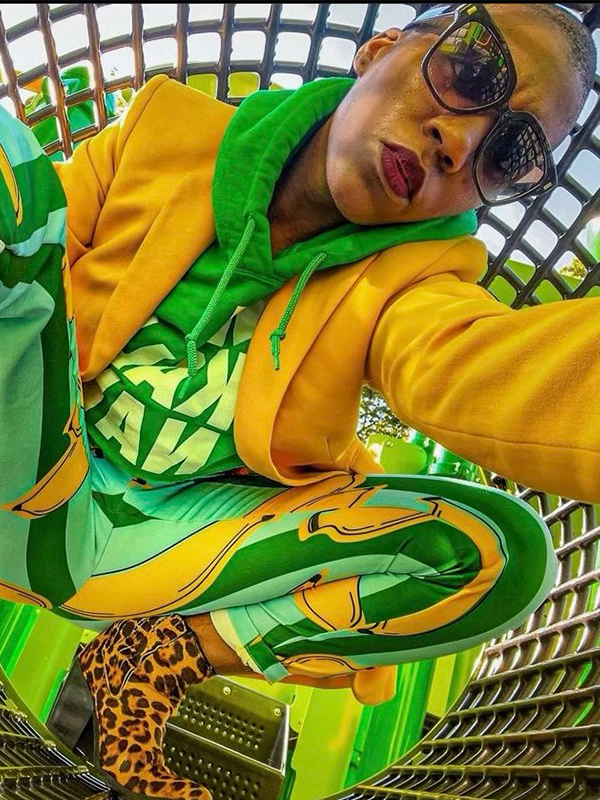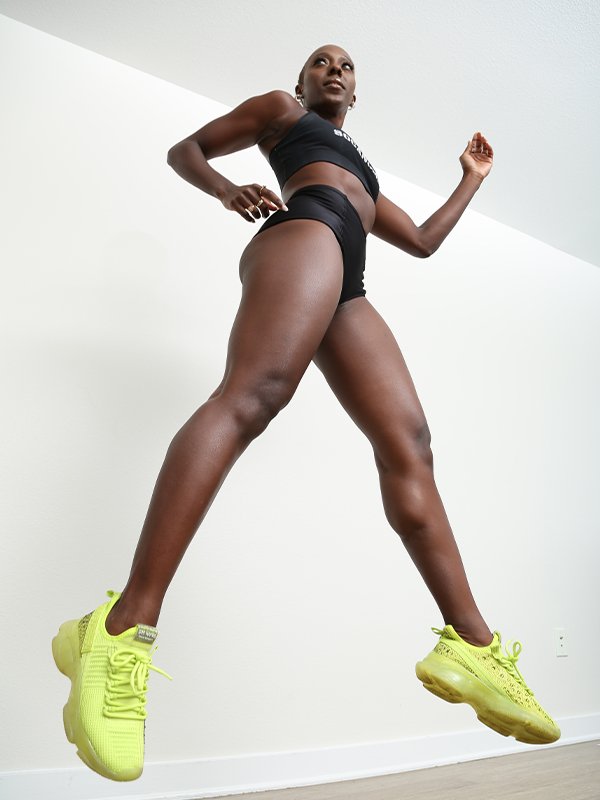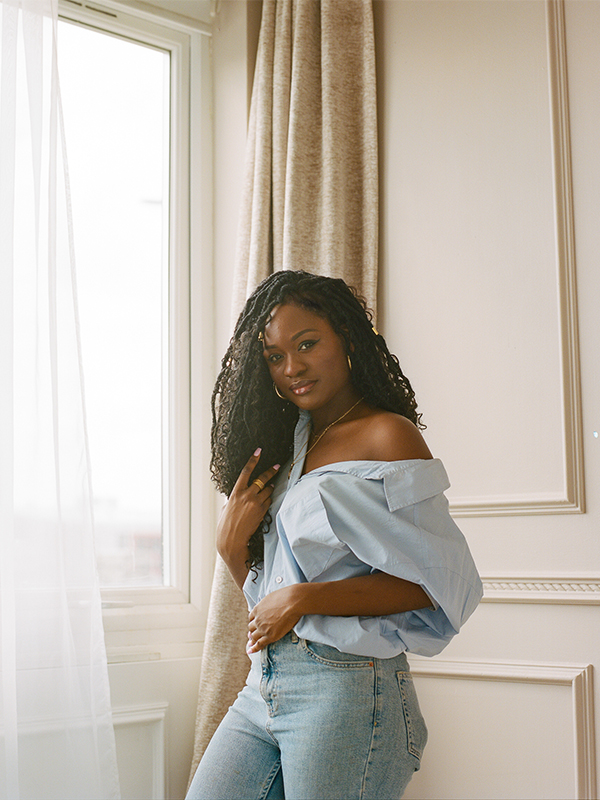There is a nickname for the community of Black women surfers: “sea-sterhood.” The term was coined by Chelsea Woody, Danielle Black Lyons and Martina Duran, the co-founders of Textured Waves—a surf collective created in 2019 to band together women of color in the sport.
These co-founders were bonded by the unicorn status of being a Black woman in surfing and, as passionate members of this niche community, each has her own unique origin story: For Duran, it was a surf lesson at a study abroad program in Costa Rica. For Black Lyons, a passion for the sport sprung up after having her son and moving to Southern California, where she became immersed in surf culture. For Woody, a year-and-a-half sabbatical offered her the opportunity to learn to surf in Indonesia, which was followed by a move to the coast of California to fan her newfound flame.
“I can have the worst day, and I know going for a surf will help me feel refreshed,” says Black Lyons. “The ocean provides an infinite amount of lessons and has helped me in my journey of self-acceptance as a Black woman.”
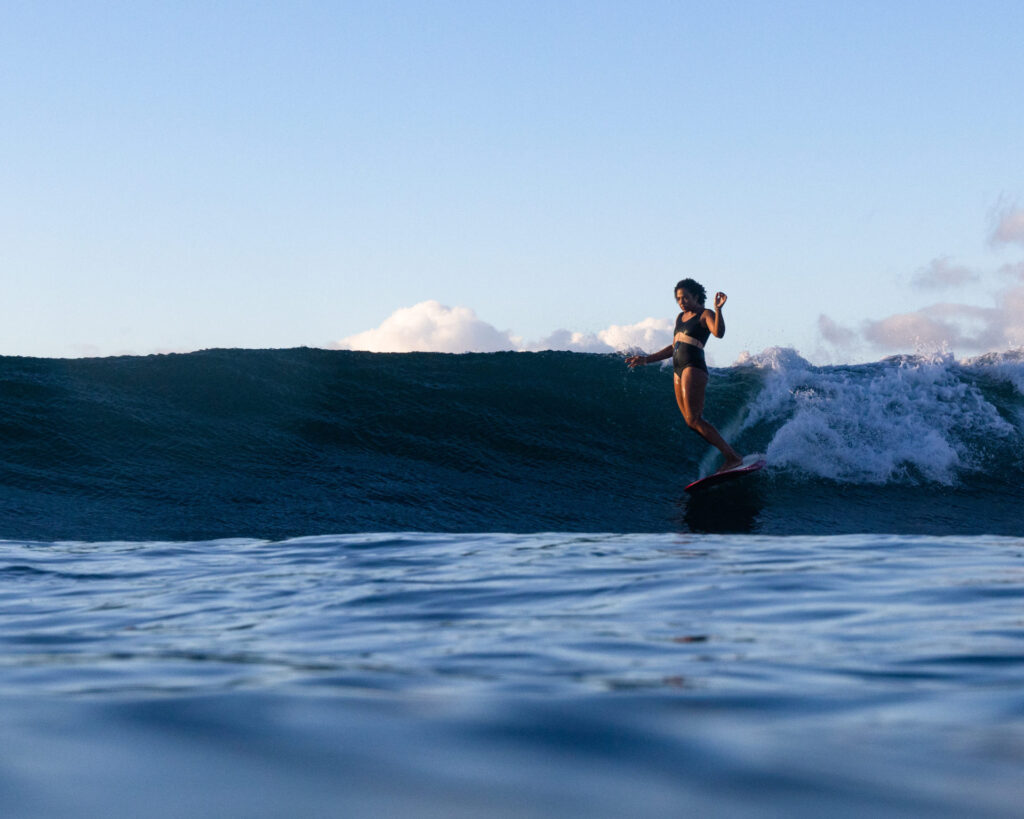
But back on the shore, reality always kicks back in: Black women make up a fraction of the professional surfing circuit. A quick glance at the top 20 female surfers in the World Surf League’s 2021 rankings, and you will find no Black women and few women of color on the list.
Uncovering Surfing’s Diverse History
Although Hawaii is largely credited as the home of modern-day surfing, there are accounts of Black and Brown predecessors who conquered the waves much earlier. In 200CE, ancient Peruvians were said to have developed a reed surf craft called a “caballitos de totora.” The sport was also independently developed along the west coast of Africa on crafts similar to surfboards. The earliest account of surfing-like activity in the continent was recorded during the 1640s off the coast of what is now Ghana. There are even accounts of enslaved Africans surfing along the eastern coast of the U.S. in the 1700s.
“Most people are shocked to learn that surfing was actually a strong part of African history,” says Duran.
The African side of surf culture is being told more today thanks to projects like Afrosurf, a book released by Mami Wata—the co-founder of Selema Masekela—which takes a deep dive into the history of African surfing across 18 coastal countries.
Despite this diverse inception, surfing today is substantially whitewashed. In the world’s two most prominent surfing nations—the U.S. and Australia—it remains overwhelmingly white and upper middle class.
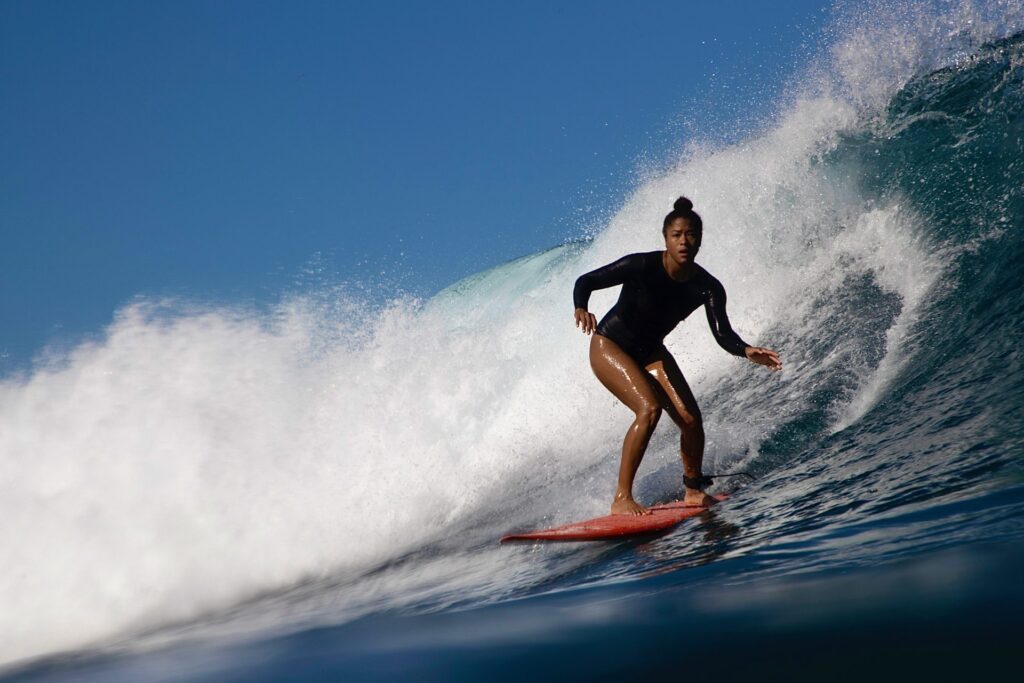
“The surf industry is largely misrepresentative of the global community that enjoys surfing,” says Woody. “Here on the mainland United States, due to segregation, redlining and coastal access, we see that institutionalized racism has drastically affected who surfs and enjoys the ocean today.”
Riding Whitewashed Waves
For Mary Mills, whom many consider to be a pioneering Black woman surfer, an early interest in the sport was birthed in her teenage years, but she never had the courage to take the plunge into the waves until adulthood. When she finally did begin surfing, finding fellow athletes who looked like her was a struggle.
“When I started surfing, it was still a sport that mainly celebrated white guys, and I had to search for women (of any race) whom I considered role models,” says Mills.
Mills’ biggest inspirations included Rell Sunn, Eve Fletcher, Joey Hamasaki, Cher Pendarvis and Marge Calhoun. Despite only having a handful of women and even fewer women of color to look up to along her own journey, Mills would go on to become the role model for today’s generation of Black female surfers. She’s considered the “godmother of Black female surfing,” according to Black Lyons.
“I never knew other Black women who surfed until I moved to Southern California and met Mary Mills,” Black Lyons adds. “But unless you know to look for them, you won’t find much information about them. That’s the shortcoming of Black surfing—it isn’t well-documented.”
Restoring Representation
Gigi Lucas, another leader in the Black surf community, is a USA Surfing Board Member, Venus Gillette Athlete and the founder of a nonprofit surfing organization called SurfearNEGRA. SurfearNEGRA was founded in 2018 with a focus on increasing cultural and gender diversity in surfing by making the sport more accessible. The organization’s flagship program, called the ¡100 Girls! Program, pays for 100 girls of color to receive surf instruction every summer from its network of 96 surf camps in 24 different states.
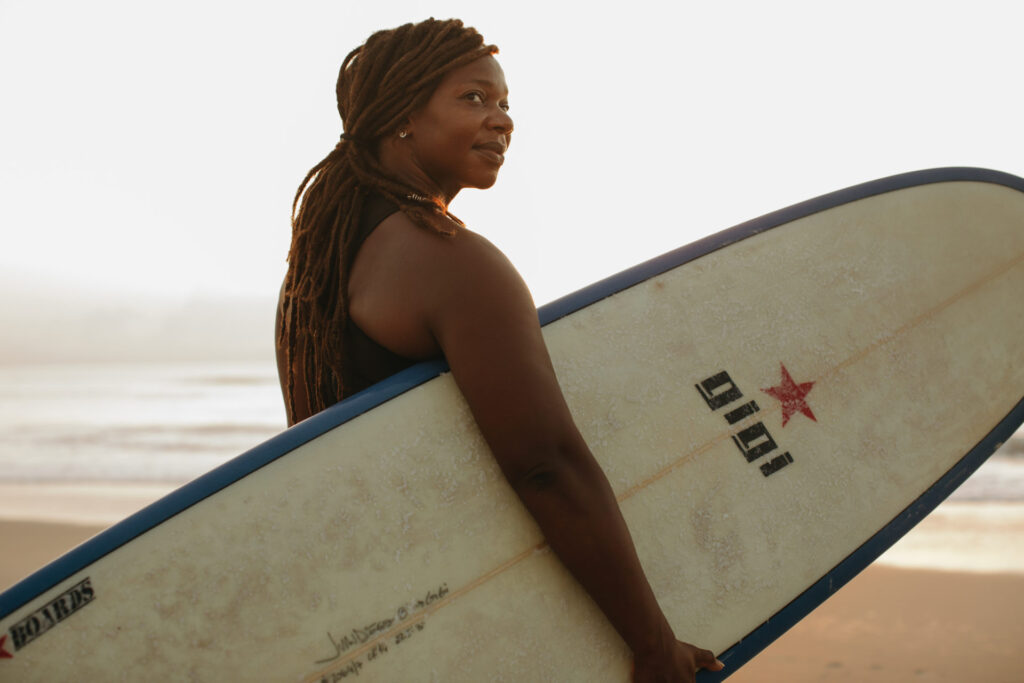
“For Black and Brown girls and women learning to surf in this era, both representation and mentorship are critical to make the learning curve a little less steep,” says Lucas.
In summer 2020, Lucas partnered with the team at Textured Waves as well as swimwear brand Seea to release Sea Us Now, a short film inspired by Black beach culture and vintage surfing. Shot by filmmaker Bethany Mollenkof, the goal of the documentary is to shine a light on the segregated history of the sport and explore what a world where the ocean is accessible to everyone looks like.
“We are constantly working on redefining what a surfer is and pushing current media representation to reach folks on a global scale,” says Woody. And on Textured Waves’ social media platforms, you’ll find spotlights on talented Black surfers—a strategy for fostering community and creating opportunities for connection. “We want young folks to be inspired by these images and be encouraged to take up space in surfing or whatever outdoor arena they choose.”
Textured Waves also hosts an annual CoWash Retreat—a five-day, all-inclusive surf retreat aimed at jumpstarting the surf travel experience for women of color. This year’s 2022 CoWash Surf Retreat will take place September 1-9 in Waikiki, Hawaii.
The Textured Waves team is also working with STOKED Mentoring and Laru Beya Collective to garner more awareness around youth in aquatic sports. This summer, they will be joining forces to host a bicoastal event in Los Angeles, California, and Rockaway, New York, with the goal of introducing 100 youth to surfing.
“Textured Waves is a prime example of the increasing diversity in surfing,” says Mills. “They didn’t just make a group and wait for the surf industry to find them, but they established their group and then kicked in the door—it’s impressive.”
The Future Of Surfing
The efforts of these leaders are impacting an entire new generation of surfers like Brionna James, a content creator with a focus on water sports, wellness and active living. James’ aim is to inspire other Black women and women of color to embrace their natural beauty on the water. She is currently documenting her journey on learning how to kitesurf, windsurf, and surf and plans on visiting different surf communities around the world such as Peru, Qatar, Tanzania, Hawaii and Italy.
“The thrill of catching my first wave ignited my passion for surfing and connecting with an international community of Black surfers at Textured Waves has helped encourage me to continue surfing,” says James.
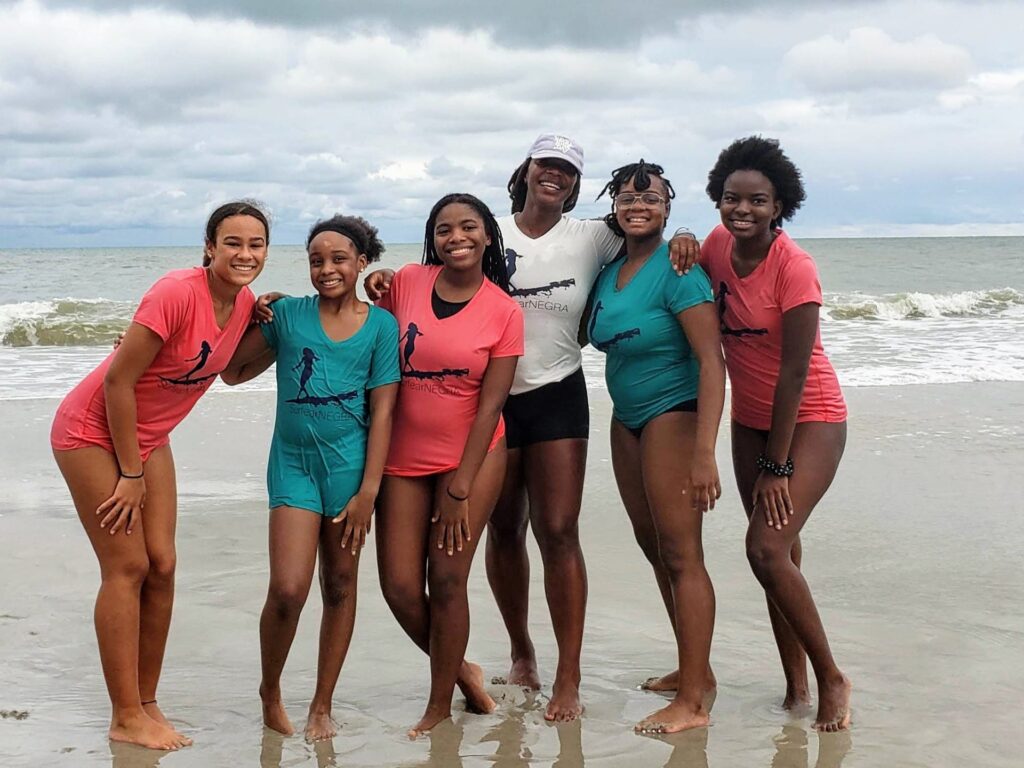
In the last few years since the pandemic, amid an increasing global outcry for social and racial justice, more people like James are making their way to the waves. Woody explains that more Brown and Black people have begun seeking solace in outdoor spaces and creating movements to take up space on across coastlines. And in the last two years, the surf industry has made strides toward diverse representation in brand marketing campaigns, like a recent ad by Gillette Venus.
Despite these strides, more effort is needed to move the needle—especially at the top. Duran and Lucas predict a necessary diversification within the C-suite and board of director roles within the industry.
“We need continued youth programs aimed at improving water knowledge and safety, increased diversity on marketing teams of major brands that tell the story of surf culture, and more surf youth coaching programs and sponsorship to develop talented children and youth of color,” says Duran.
Woody, too, holds onto hope for the future of surfing. “I would really love to see the Serena Williams of surfing,” she says. “I know she’s out there, and it keeps me excited about the work we are doing to continue to show that representation matters.”



